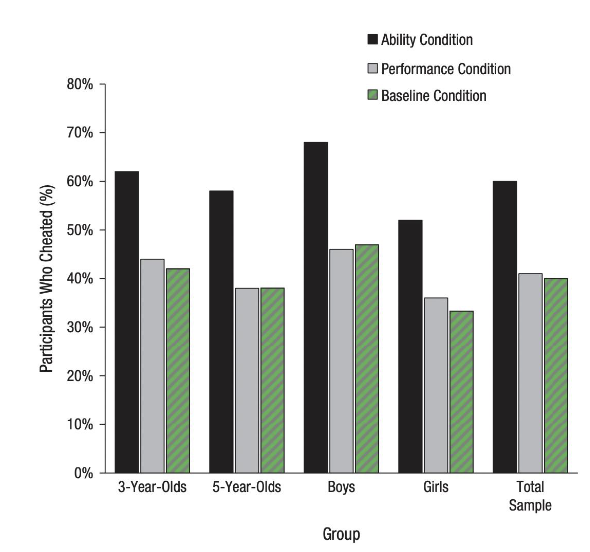Moral April 2
1/15
There's no tags or description
Looks like no tags are added yet.
Name | Mastery | Learn | Test | Matching | Spaced |
|---|
No study sessions yet.
16 Terms
Kohlberg’s Theory Challenges: Role of Culture
Similar sequence of stages across cultures
But, different rates and end stages
Bias in how moral reasoning is assessed?
He is researching from a Western lens
May be differences in moral principles across cultures
Ethics of autonomy: rights, equality, freedom
Western is more concerned on this
Kohlbergs theory is more based on this
Ethics of community: duty, status
Other cultures emphasize this more
Ethics of divinity: purity, sanctity
Other cultures emphasize this more
Most adults in USA are 3/4/5
Most adults in Taiwan are 3/4/5
Most adults in Kenya, New Guinea are stage 2/3
Maybe stage 5 moral reasoning is due to cultural differences
He believed industrialized societies are more morally advanced
This is HEAVILY critiqued

Kohlberg’s Theory Challenges: Role of Gender
Kohlberg’s original study→ all male participants
His theory is based on men
Carol Gilligan: principle of care
Argued for this principle, that it is more prevalent amongst women and girls
Most studies show similar moral reasoning across gender; everyone can consider moral principles of both justice and care
Slide 2
Kohlberg’s Theory Challenges: Role of Gender
Kohlberg’s original study→ all male participants
Carol Gilligan: principle of care
Most studies show similar moral reasoning across gender; everyone can consider moral principles of both justice and care
Kohlberg’s Theory Challenges: Does moral thought matter for moral behaviour?
individuals who score higher on these moral dilemmas tend to score higher on prosocial behaviours and less likely to be aggressive
Moderate correlation
Why be prosocial?
SHaring, cooperating…etc
Empathy & Sympathy
Norms & expectations
Desire something in return; reciprocal altruism
positive emotions
Situational influences
People more likely to share when they are happy
Prosocial Behaviour: Influences
Age
Increases with development → theory of mind development?
Perspective taking, recognizing someones lack of something
Nature → genetics?
Individual continuity
Kids who are big sharers, tend to be teens and adults that are big sharers.. genetic component it suggests
Nurture?
Modeling/social learning
More likely to share if you see other people share
Family values
Parenting style/discipline
More likely to be prosocial when parents are authoritative, equal amounts of expectations/explanations
Life circumstances
→ socioeconomics, experiencing traumatic event?
Szechwan earthquake: After the earthquake the 6 year olds share less, but the 9 year olds share more
1 month after this sharing increasing but after 3 years it goes back to baseline
Prosocial Behaviour: Culture
Across cultures, common to see increase in prosocial behaviour with age
between 3 and 5 years, less self hoarding and more sharing at 5
More in collectivistic cultures? FILL
But somewhat mixed results!
May be cultural differences in who children are prosocial towards?
Kids in US more likely to share with strangers, in phiillipines kids more likely to share with family members
Cultural differences in response to socialization of prosocial behaviour?
Kids in US vs India
US: watching parents model stingy sharing, kids also had stingy sharing/share less, generous sharing, kids showed no difference in sharing. ONLY imitate stingy
India: watching stingy parents, kids became more stingy, when parents were generous, kids also became more generousIndia. Kids model BOTH stingy and generous behaviours
Types of Aggression
Instrumental aggression: motivated by a desire to obtain goal
Bullying for lunch money
Hostile aggression: no clear goal, motive to harm; often impulsive and driven in response to others’ behaviour
Someone bumps into you, you hit them
Physical aggression: intent to physically harm
Verbal aggression: threats, name-calling, yelling
Social/relational aggression: directed towards damaging reputation and/or relationships
Kicking someone out of a friend group
Aggression and Ages
Physical aggression → high in toddlerhood/early childhood, then decreases
Social/relational aggression → increases in middle childhood/adolescence
Potentially more for girls
Recent research suggests, it may not be as strong anymore for girls
Influences on Aggression
Biological influences → genetics, neurological differences
Parenting → harsh, punitive; low monitoring; high conflict
Peers → time spent with other antisocial children
Patterns of thinking → hostile attribution bias
Antisocial Behaviour: Cheating
Carrying out forbidden behaviours for an unfair advantage
Can take many forms
Is common in youth: 80-90% report cheating during high school
Appears lower in childhood, rapid increases in adolescence
Kids who learn to cheat, tend to learn less… can predict professional dishonesty in adulthood
Why do kids and teens cheat?
Pressure for performance
Social norms
Social comparison
Not enough time to prepare/study
Lack of interest
Perceive teacher to be unfair or uncaring
Influences on Cheating
Situation: more common when not being monitored
Peers: more common when observe/perceive others to be cheating
Mindset: more common for fixed mindset about intelligence
Praise: more common when told you are “smart” (ability praise)
When praised for your ability rather than effort, you are more likely to cheat
When kids are praised for their ability.. more likely to cheat to maintain/uphold this trait
When kids are praised for performance/baseline condition, they are less likely to cheat

Zhao et al. (2018). Does ability praise increase cheating when it’s indirect– ie, just overheard about another person?
Young children are more likely to cheat after overhearing that a classmate is smart
3 years old did not increase their cheating after hearing how smart somebody else is
5 year olds did increase their cheating when they heard how smart somebody else is
Possibly due to Development of Theory of Mind, thinking about how other people are thinking about you and their perspectives
Possibly due to tracking information loads?
Studying Development
These influences of cheating are all intertwined by these three domains
Physical
Neurological developments
Cognitive
Mindset, theory of mind
Social and Emotional
Teachers, peers, school